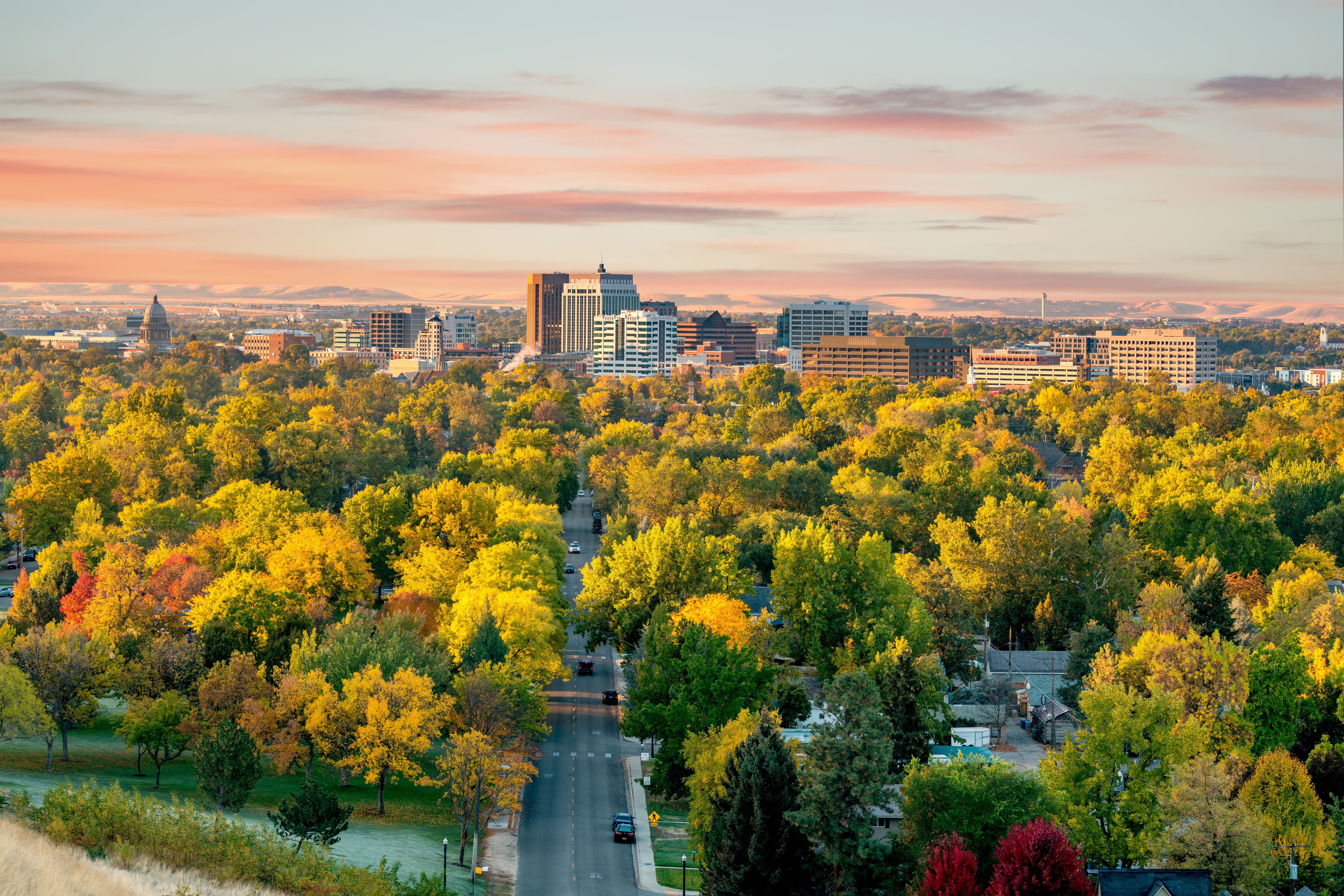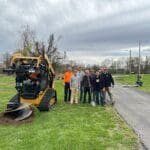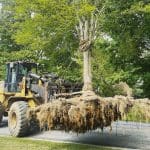
When you think of trees, the first place you’d expect to encounter them is a forest or wilderness area. However, trees belong in urban spaces just as much as rural ones. This Arbor Day, as you talk to your clients about the value of trees, share with them the endless benefits they can provide cities.
Environmental Benefits
In cities where dense concentrations of sidewalks, streets and buildings absorb and retain heat, there are increased energy costs, air pollution levels and heat-related illnesses and fatalities. Trees can be a godsend to reducing the heat-island effect by shading surfaces, deflecting radiation from the sun and releasing moisture in the atmosphere.
The air temperature under a tree can be up to 25 degrees less than the unshaded area around it, according to Yale Climate Connections.
Trees are also crucial for storing CO2. As they grow, they store more carbon by holding it in their accumulated tissue. During one year, a mature tree will absorb more than 48 pounds of carbon dioxide from the atmosphere and release oxygen in exchange.
Additionally, trees provide a vital habitat for numerous birds, insects and other animals. They provide shelter from weather, a place to raise their young and a food source. For instance, native oak trees support caterpillars that feed birds that feed larger predators sustaining the local food web.
Quality of Life Benefits
Beyond their environmental benefits, trees also have a positive impact on the urban communities they’re planted in.
Studies have found that people who live in higher urban tree density have improved mental health and hospital patients tend to recover faster when their windows include views of a tree. It’s reported that people also live more active lifestyles when living in proximity to urban forests.
The presence of urban trees can also reduce crime. One study shares Chicago public housing residents with nearby trees and natural landscapes reported 25% fewer acts of domestic aggression and violence. Trees can help absorb the sounds of traffic in urban areas by 40%.
There are also various economic benefits trees can provide. According to American Forests, commercial areas with trees tend to attract more customers, who shop longer and spend up to 12 percent more. Meanwhile, homes with trees have higher property values.
Trees can also reduce energy costs by up to 25% by shading buildings and protecting them from winter winds.
Tree City USA
One of Arbor Day Foundation’s oldest programs is Tree City USA, which recognizes communities that are committed to maintaining and growing their tree cover.
The first Tree City USA cohort was comprised of 42 communities in 16 states. Today, the program includes more than 3,600 communities from all 50 states, Washington D.C., and Puerto Rico.
Tree City recognition requires:
- Maintaining a tree board or department
- Having a community tree ordinance
- Spending at least $2 per capita on urban forestry
- Celebrating Arbor Day
You can see if your city is currently engaged in the program here. The Arbor Day Foundation has resources for you to advocate for your community to join the program if they are not.




